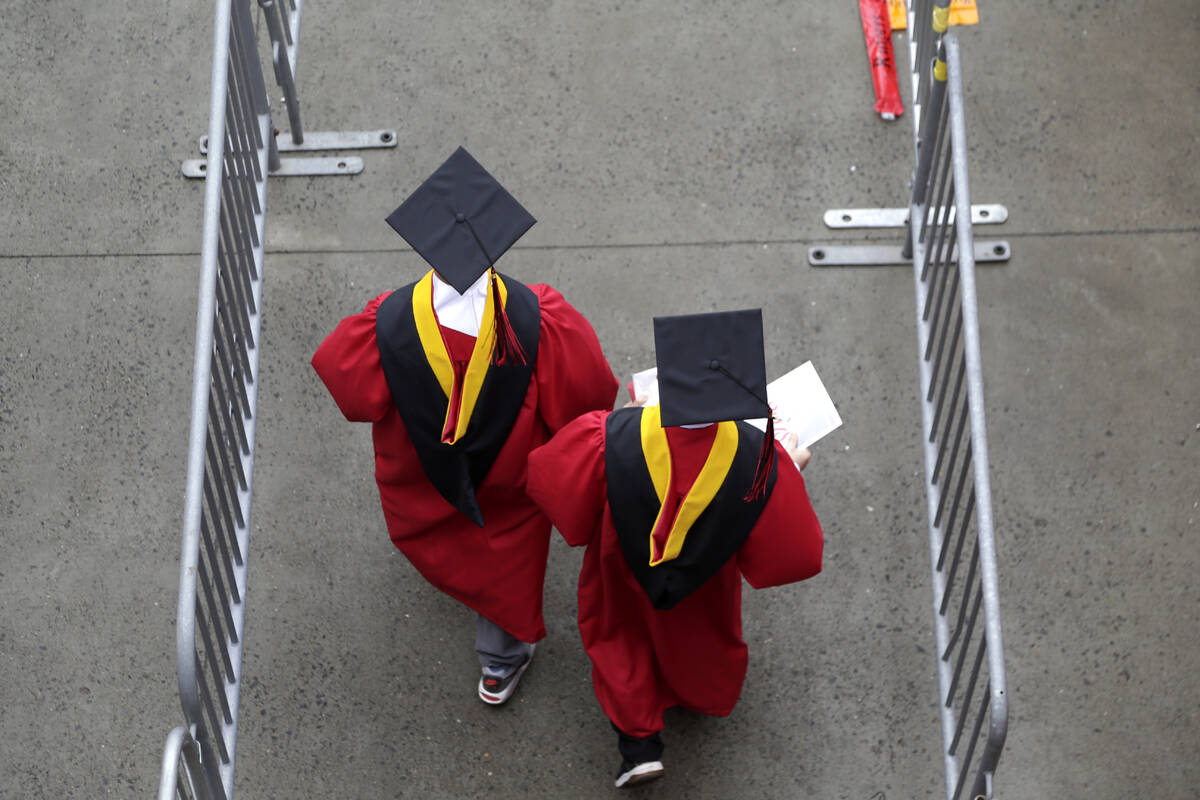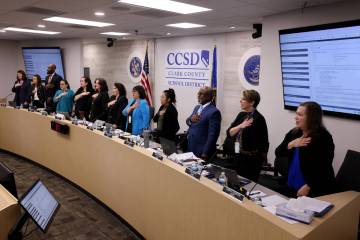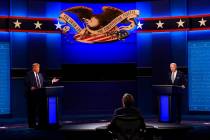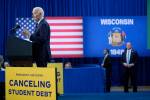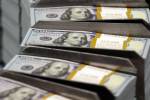EDITORIAL: The high cost of higher education subsidies
Critics have long maintained that skyrocketing college tuition costs are directly related to the vast expansion of federal student loan programs. Now there’s more evidence that, in an attempt to make college more affordable, the federal government made it more expensive.
Almost 40 years ago, then-Secretary of Education William Bennett weighed in on the cost of higher education outpacing inflation. “Increases in financial aid in recent years have enabled colleges and universities blithely to raise their tuitions, confident that Federal loan subsidies would help cushion the increase,” he wrote in a 1987 The New York Times op-ed. “In 1978, subsidies became available to a greatly expanded number of students. In 1980, college tuitions began rising year after year at a rate that exceeded inflation. Federal student aid policies do not cause college price inflation, but there is little doubt that they help make it possible.”
Mr. Bennett’s warning fell on deaf ears. For the 1980-81 school year, the average undergraduate tuition was less than $1,300. If tuition had grown at the rate of inflation, the price would have been $4,195 for the 2021-22 school year. But average tuition was actually more than $14,300.
The increase was even more dramatic among private institutions. In fall 1980, private college tuition was around $3,500. Adjusted for inflation, that would be $11,388 today. But in 2022, average tuition at those schools had soared to more than $33,600. This data is from the National Center for Education Statistics.
There are many causes for this increase, but a new paper from the National Bureau of Economic Research confirms Mr. Bennett’s hypothesis. Professors from Columbia, Vanderbilt and Brigham Young universities examined the effect of the federal government offering essentially limitless loans for graduate school tuition starting in 2006.
“Our estimates suggest that sticker prices went up approximately dollar for dollar with increases in federal loans,” the authors conclude. Some of the price hikes were offset by increased financial aid. “We estimate that on average, net prices increased by $0.64 per $1 increase in per-student federal borrowing.”
Perhaps, the increased loan limits that drove prices higher produced better outcomes. Nope. The authors’ work suggested there was no increase in graduate program access. They found “no evidence of significant increases in graduate degree receipt.” They couldn’t find much evidence that earnings increased either. Nor did the increased student aid target students from disadvantaged backgrounds.
In other words, this much ballyhooed, expensive policy change left students with more debt, but not better off. The best time to heed Mr. Bennett’s warning would have been in 1987. The next best time is today.



